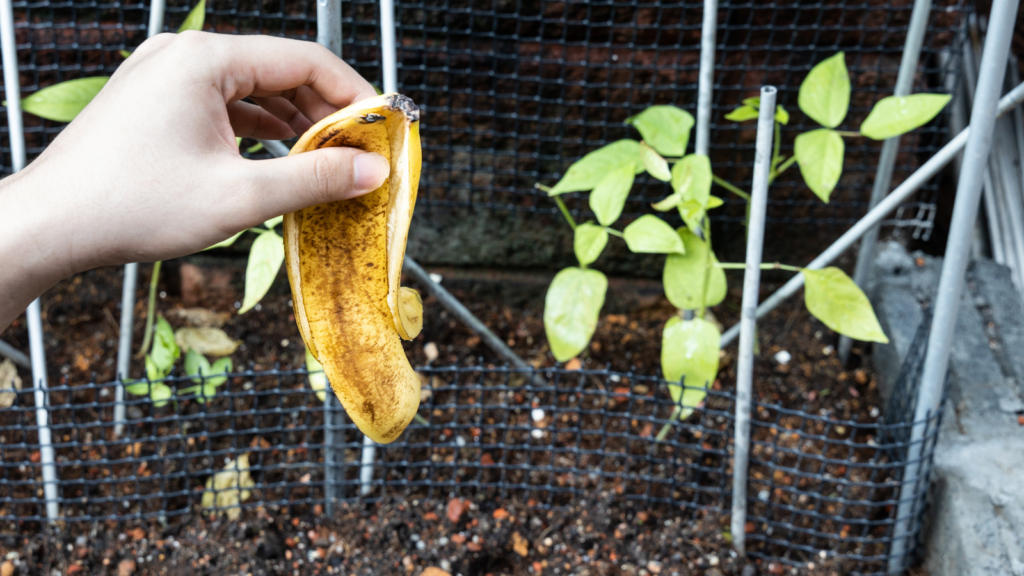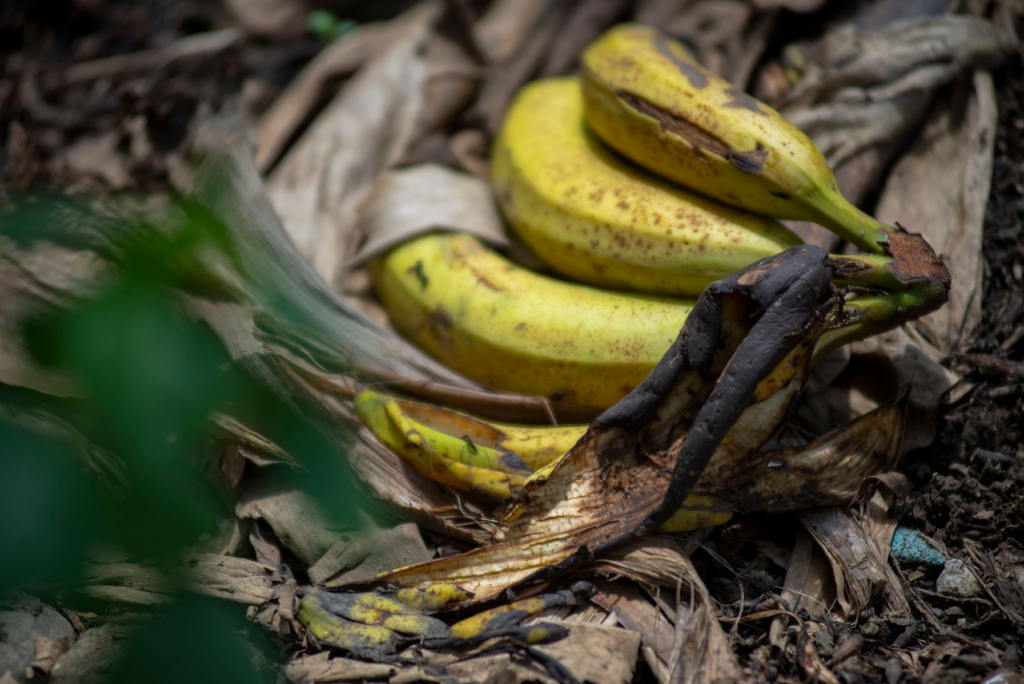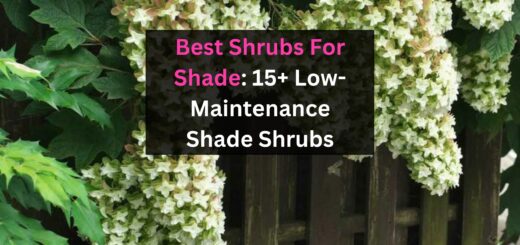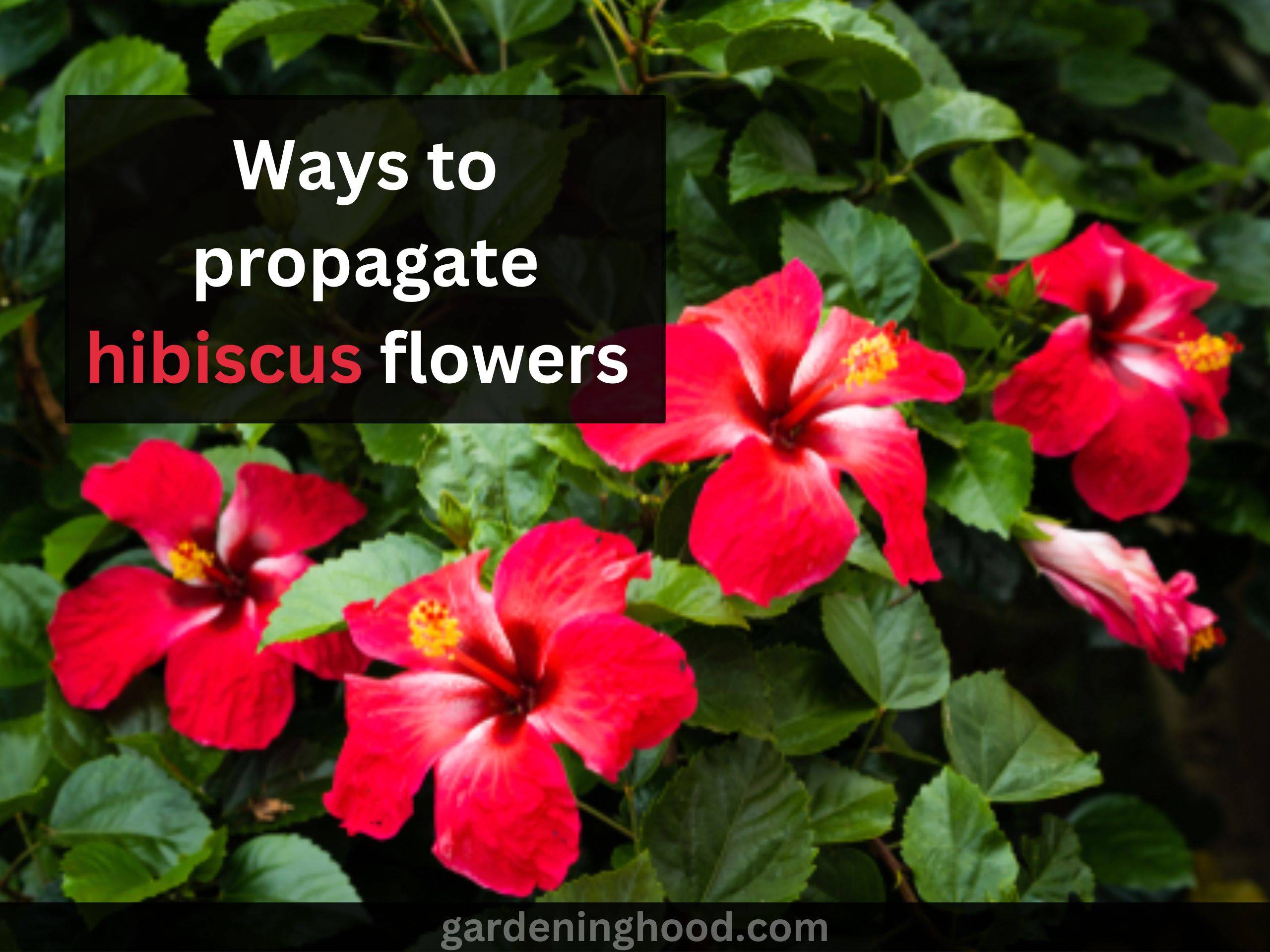Can You Use Banana Peel in Compost? | Effects of Using Banana Peel in Compost
Bananas are good for humans as they fulfill one’s potassium requirements, everyone knows that. But do you know that its peel can be equally beneficial? Maybe not for the human body but for the environment. How? Well, it can be used in compost! Hey folks! I’m Anna Scott, a Gardener by heart and Profession, started my Journey 15 years ago and Now I am teaching other gardeners as well to achieve their goals.
So, Can You Use Banana Peel in Compost? Composting is a sustainable method of reusing organic waste and producing soil that is rich in nutrients for gardening. Compost piles can be enhanced in their decomposition process by adding a variety of kitchen trash, including vegetable and fruit peels, including banana peels!
Composting banana peels is a fantastic way to supplement your compost mixed with organic matter and essential nutrients. Need to know more to see if you can use banana peel in compost? Well, keep on reading further!

Can You Use Banana Peel in Compost?
The natural process of composting turns organic waste, like the food scraps from your kitchen, into a rich, humus-like organic fertilizer. In the natural world, it has been happening for ages, and you can still do it in your backyard now.
Food scraps can be composted to keep them out of landfills and stop methane from rising into the sky. The compost you make will greatly increase the fertility of your garden. It gives your plants a variety of nutrients, improves the quality of your soil, and deters pests and illnesses.
Banana peels are indeed suitable for composting. They have a lot of nutrients, like calcium, phosphorus, and potassium, which are good for the health of the soil.
Banana peels can increase the overall nutritional content of the compost that is produced if you include them in your compost mix.
Effects of Using Banana Peel in Compost
Putting banana peel in compost can have many effects. Some of them are mentioned below.
1. Nutrient Boost
When compost is utilized as fertilizer, banana peels offer important nutrients to the mixture that encourage strong plant growth.
2. Decomposition Time
Compared to some other organic materials, banana peels disintegrate rather quickly, which speeds up the compost pile’s overall disintegration.
3. Balance of pH
Although banana peels have a slight acidity, they usually have little effect on the pH of compost. Any initial acidity from the banana peels seems to be balanced out as the compost ages.

How to Use Banana Peel in Compost?
There is a proper way of using banana peel in compost to ensure maximum results. They are explained below.
1. Chop
Cut banana peels into smaller pieces to hasten the breakdown process. This promotes quicker degradation by increasing the surface area exposed to microbes.
2. Mix with Other Materials
You can mix banana peels with other organic matter, yard debris, and kitchen scraps that can all be composted. Decomposer organisms have a balanced diet thanks to this varied mixture.
3. Layering
In your compost pile or bin, alternate layers of items that are rich in carbon (brown) and high in nitrogen (green). Because banana peels contain a larger amount of nitrogen, they can be regarded as green material.
4. Oxygenation
To guarantee adequate aeration and aid microorganisms in efficiently breaking down the components, including banana peels, turn the compost frequently.
Why Do Banana Peels Make a Good Compost?
Rich in Nutrients Composition
Essential elements including calcium, phosphorus, and potassium can be found in abundance in banana peels. Plant growth and development benefit greatly from these nutrients. By adding these nutrients to the mixture, banana peels to your compost improve its overall nutritional value.

Rapid Decomposition
In contrast to certain other organic materials, banana peels break down quite quickly. Microorganisms in the compost pile can break down more quickly because of their thin and soft nature.
Banana peels decompose quickly, which speeds up the process of creating compost that is rich in nutrients and breaks down more quickly.
Contribution to Microbial Activity
As a “green” or nitrogen-rich substance, banana peels contribute nitrogen to the compost. The growth and activity of decomposing microorganisms depend on this nitrogen.
The compost’s microorganisms, such as fungi and bacteria, are essential to the process of decomposing organic matter, and the nitrogen from banana peels encourages this activity.
pH Control
Banana peels have a mild acidity, but they usually have little effect on the pH of compost. Any initial acidity tends to be balanced out over time as the compost ages and additional ingredients are added.
To create an ecosystem that supports a diverse range of microorganisms, compost must have its overall pH regulated.
Can Rotten Bananas Be Composted?
Yes, rotten bananas can be composted. When you put them in your compost bin, they will quickly break down into rich, dark compost since they have already begun to break down. Don’t forget to submerge your rotting bananas in the compost to keep the stench contained and deter roving bugs.
Before placing your bananas in your compost bin, make sure they are clear of diseases. Naturally decaying bananas are fine, but you don’t want to transfer any disease-ridden bananas to other plants through compost.

How Much Time Does a Banana Peel Take to Compost?
Banana peel decomposition rates might vary depending on several factors. The pace of decomposition in a conventional compost pile can be influenced by the amount of material added, the rate at which the compost retains water, and exposure to hot weather.
The resulting organic waste is ready to use and rich in nutrients, but in a large compost pile, it may take some time for everything to decompose. It is usually advisable to combine banana peels with other materials to produce a mixture that will decompose differently and supply the necessary nutrients.
You can get the best effects faster by combining your peels with other ingredients.
Wrapping up the context
Including banana peels in your composting process has several advantages and is a sustainable and green strategy. Banana peels are a valuable addition to the organic matter in your compost pile because of their nutrient-rich nature, which includes calcium, phosphate, and potassium.
Banana peels add vital nutrients and accelerate the compost’s total disintegration as they break down very quickly. To expedite the breakdown process, slice or shred banana peels; combine them with a variety of biodegradable items; and turn the compost frequently to ensure adequate aeration.
You can maximize the benefits of banana peels in your compost and turn kitchen trash into a useful garden resource by implementing these strategies. I hope you are clear with the guide. I will come back with another informative article soon. Till then safe gardening.
FAQs
Can I use a worm bin to compost banana peels?
You can add banana peels to worm bins, but it’s best to slice them up into smaller pieces so they break down more quickly.
Is the composted banana peel a source of pest attraction?
Although banana peels by themselves might not draw pests, it’s crucial to keep the right ratio of brown and green components in your compost to avoid any problems with pests.
Are banana peels suitable for vermicomposting?
Yes, banana peels can be placed in vermicompost bins, however, to help the worms with their feeding process, it’s best to chop them into smaller pieces. Banana peels will be eaten by worms, and their castings will add nutrients to the vermicompost.
Is it okay to compost banana peels for indoor plants?
Yes, indoor plants can benefit from compost that contains banana peels. Before utilizing the compost for indoor gardening, make sure it has fully grown and is odor-free. To make a well-balanced planting mix, combine the compost and potting soil.


